“He sets the fox to keep his geese.” -Dutch proverb
Other Pandemic National Case Studies can be found here.
The Netherlands is a nation with a rich history and tradition. Beautiful Dutch villages and cities are favorites among tourists and jigsaw puzzlers alike.
While this wasn’t the case historically, the Netherlands gradually became the least religious nation west of the Baltic states. Similarly as with Scandinavian nations, social democracy in the Netherlands has been seen by many as a replacement for churches as functional institutions of the societal welfare mission.
Though densely populated, the 18 million residents of the Netherlands somehow manage to maintain status as the world’s second largest exporter of agricultural products. This serves as a counterbalance to the large Dutch service economy, and dependence on the sale of space cakes in Amsterdam. Together, with thriving chocolate and prostitution sectors, the Dutch economy is one of the world’s largest per capita.
Dutch Medicine During the Early Pandemic
Historically, Dutch authorities gave considerable freedom to physicians in handling legal medicines with patients. However, the Netherlands became one of the first, if not the first nation to take action to stop most usage in the treatment of COVID-19, despite physician claims it was helping patients. Around that time, one Dutch expert went on the offensive against the French research physician Didier Raoult. Dr. Elisabeth Bik attacked Raoult’s methodology in an early paper on hydroxychloroquine (HCQ) treatment, and was sued in return. Still, researchers in the Netherlands did plan their own tests of the drug. When a hospital study (Peters et al, 2020) suggested Dutch patients weren’t helped by the drug, the result seemed sabotaged by inconsistent protocols that are understood to embed Simpson’s paradoxes into results, the statistics changed between preprint and publication, and the two arms were not at all matched for risk. Another Dutch study (Lammers et al, 2020) found HCQ to substantially reduce ICU admissions.
Despite at least one physician filing a lawsuit to open up HCQ as a treatment option, Dutch authorities put a lid on most HCQ treatment in 2020. During that year, the pandemic looked largely the same for the Netherlands as in most European nations, most of whom were acting as if all those nations using early treatment medication, and seeing fewer deaths, were something like delusional.
Already in May 2020, it was decided that fans could not return to football matches until vaccination began.
Eventually, in March 2021, the Dutch government simplified their approach to pandemic medicine by recommending against the use of both HCQ and IVM for the treatment of COVID-19, and levying fines on doctors who prescribe them. In October, tens of thousands of doses of IVM were impounded by Dutch customs despite the fact that the drug is used to curtail scabies among immigrants (Beeres et al, 2018).
The Dutch Experimental Mass Quasi-Vaccination Campaign
The Dutch government started vaccinating residents as soon as it could, pushing up the originally scheduled start date in early January 2021. Dutch citizens registered in the Personal Records Database were automatically sent invitations to receive doses of one of the vaccines.
While there were early concerns over blood clots and other adverse effects of some of the vaccines, Dutch authorities shrugged those off and continued using whatever vaccines were available.
Currently, around 72% of the Dutch population is vaccinated, including children. Most of the doses were administered by June 2021.
Going off of official reports, it might seem that the vaccines did successfully reduce COVID-19 deaths as the reported case fatality rate (CFR), or deaths divided by cases, did collapse in the Netherlands.
But is this effect real, or an illusion? If the vaccines were the cause of the lowered mortality rate per case, why did the CFR rise in early 2021 while the highest risk elderly were being vaccinated prior to declining?


Those most susceptible to COVID-19 largely got ill in 2020, with many elderly dying that year. From early 2021 onward, those testing positive included younger and younger people by proportion, so the only ways to know are to get good age breakdowns for both vaccination and COVID data, or to examine mortality rates in other ways.
A recent study, still in preprint, shows no mortality benefit of the vaccination program when comparing Dutch municipalities according to vaccination rates and COVID-19 mortality rates (Redert 2022).
Measurements of excess deaths show the situation to be even worse.
Note that this estimate of 1 in 800 deaths among the elderly matches closely with my European mortality analysis from the early vaccine rollout that I published a year ago. It appears that there was a general strategy among public health authorities in Europe to classify vaccine-associated deaths as COVID-19 deaths. But the fact that excess deaths remained high and never mean-reverted in the Netherlands in 2021 makes it hard to argue that the vaccines were successful, whatever the arguments might be about “proof” of causal association.
As information rolled out, and as people saw the results of national policies, more and more Dutch citizens began joining protests over vaccine mandates.
Tensions Rising
While it might have been temporarily said about other nations, the Netherlands seems to have entered a continuous state of undeclared martial law during the pandemic. Could it be possible that harsh lockdowns around the world were meant to provide cover for a few specific plans for national takeovers, such as in Ukraine or possibly also the Netherlands? Is this about global warming or simply farmland?
Let’s take a look at the facts on the ground.
Nothing says “ordinary law and order” like riding cavalry over the elderly.
These methods of policing protests have been deemed safe and effective.
As incidents like these piled up, more Dutch citizens are showing a willingness to strike back when police exercise violent force.

Police have started using plain clothed officers to catch and isolate one protester at a time by surprise.

Meanwhile, there is a level of signaling for support of, and solidarity with, minorities only that lends an appearance of “narcissistic humanitarian shielding”.

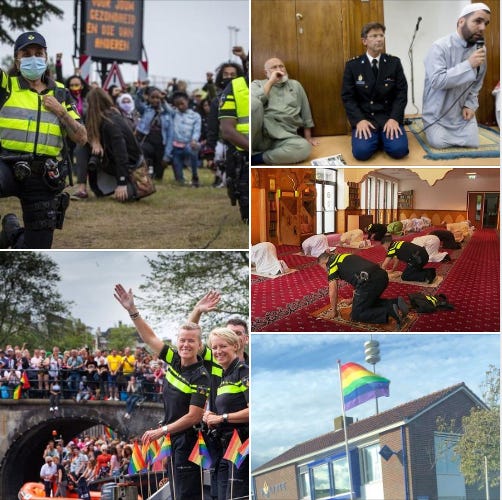
During the pandemic, the World Economic Forum, INTERPOL, and the Centre for Artificial Intelligence and Robotics of the United Nations Interregional Crime and Justice Research Institute (which should have known better than to choose a name that long) have partnered to employ facial recognition technology and other systems for tracking the Dutch populace. Justification for such technology gets made alongside claims that the Netherlands is becoming a “dangerous narco-state”.
Is this really all about climate change and Dutch farming and drug dealers?
As James Lyons-Weiler notes, a carrot could have been used to generate the movement toward regenerative farming and lower chemical fertilizer usage.
The Netherlands is doing it wrong; a far better way to meet these goals is to use a plan to increase farmer's wealth with tax breaks for evidence of restorative and regenerative farming on 10%, then 25%, then 50% of their lands over 15 years. They could be paid to sow wildflower and plant groves of trees that can increase biodiversity. Notably, if farming has impacted biodiversity in the Netherlands, it is by far due to the effects of pesticides and herbicides on insects.
One theory has it that the Netherlands is in greater upheaval than most European nations due to plans for the creation of a tri-state supercity. If that is the case, then one way to make the land cheaper to buy up in the short term (and to force much of it up for sale) is to crush the agricultural sector.
This might explain what sometimes appears to be both random and over-the-top violence between Dutch police and the citizens.
Now the Dutch army has been deployed in a conflict between the government and the people.
So, what’s Bill Gates, owner of more U.S. farmland than any other individual, doing in the Netherlands these days?
So, if Ukrainian exports are taken offline, and the Dutch farming economy gets destroyed, Gates stands to make a fortune as the largest owner of American farmland.
Huh.
One way or another, things are getting quite heated in what appears increasingly like an undeclared civil war.
Addendum: Some have noted that the description of the picnic food facility burning above is not quite what the Tweeter describes. However, the grocery store chain in question was known for selling meatless protein, and had recently received $600M in investment from the Bill & Melinda Gates Foundation.

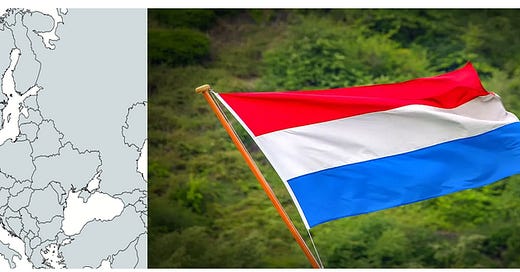





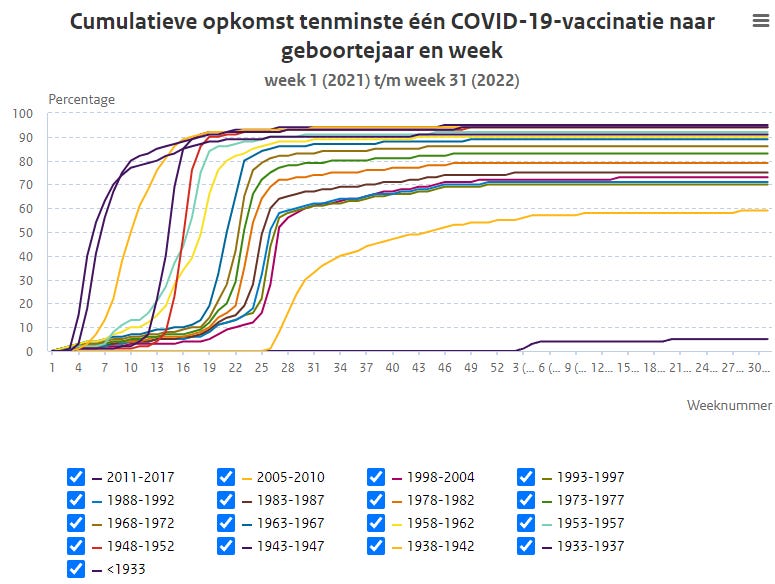
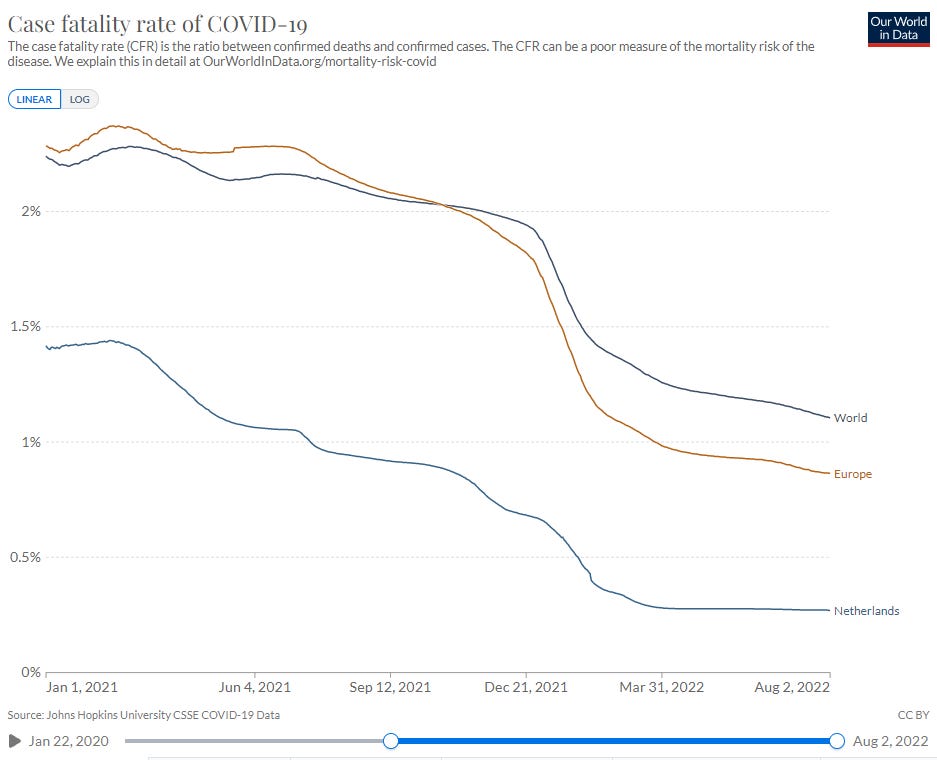











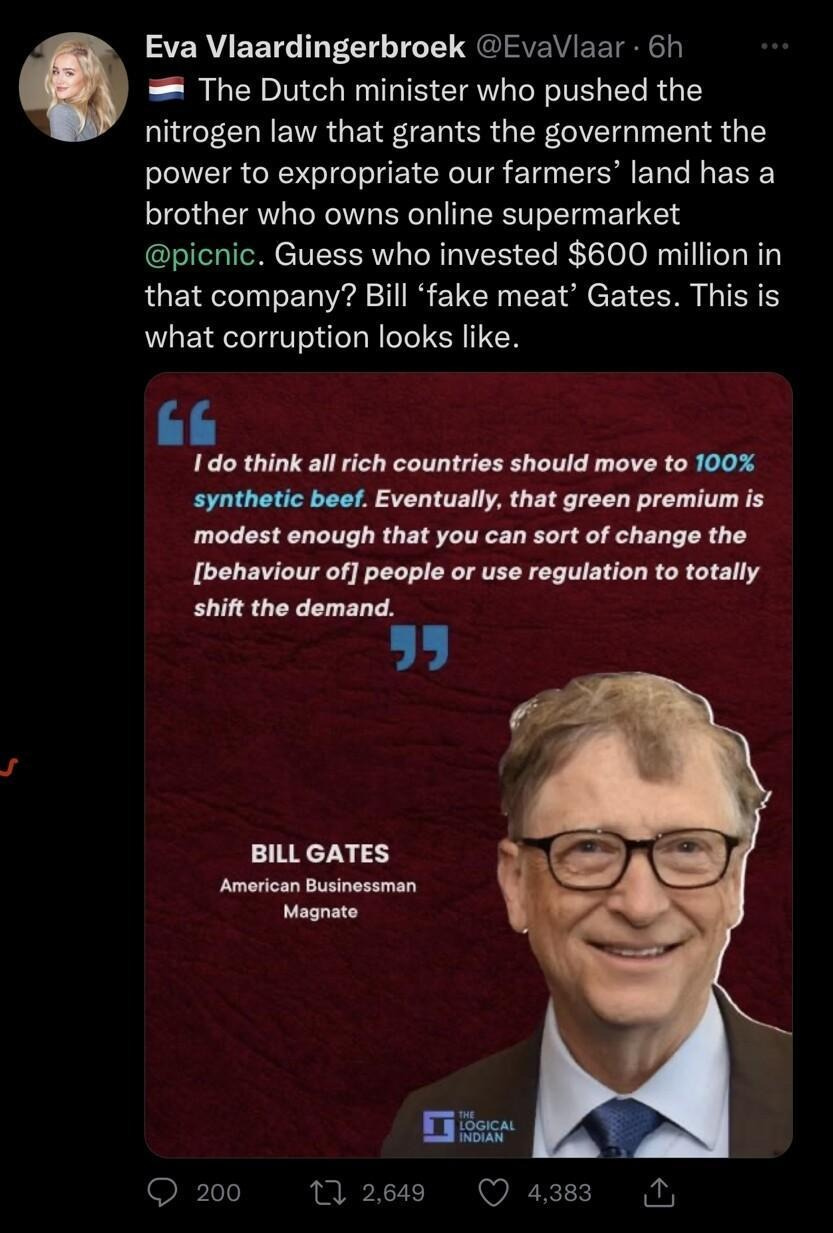


As someone who lives in the netherlands, i would like to correct few things. We did not have vaccine mandates, not even in healthcare. It was very close, but somehow we managed. Protests were in place already in autumn 2020 and slowly became more and more popular and less and less bloody. The lasi picture is from the fire of picnic distribution center. Its not fake meat factory, just websupermarket. And looks like our farmers won. Looks like the idea of mandatory selling of your farm because of nitrogen norms (based on strange models) is abandoned.
On Regenerative Farming, New Zealand has passed three similar 'green' farming laws under Ardern. Yet none of it regenerative agriculture based. (Farming is the backbone of NZ's economy) Every positive regenerative agriculture story in our news, is followed by the farming papers + mainstream full of hit pieces, anti regenerative, how 4p1000 is anti-science etc. Over C19, regenerative farmers have been shadow banned, most of us able to see through the Monsanto Marketing style of NZ Govt propaganda on vaccines .... we are on a pastural cow farm, no fertiliser for thirty years - cows (ruminant animals) are natures composters, they build soil, and healthy soil stores carbon, diverse meadowlands are important areas of biodiversity.
It will take time to eliminate fertiliser as both soil and plants are addicted to it, starving the life in the soil. It is recommended to reduce fertiliser on 1/4 of your farm over four years so you get used to what changes are going to happen, letting the life in the soil rebuild and learning new techniques /adapting without risking the fertility of the whole farm - so in ideal situation its around 8-10 years to phase fertilisers out. That is why Sri Lanka's policy failed.
Thank you for your wonderful article